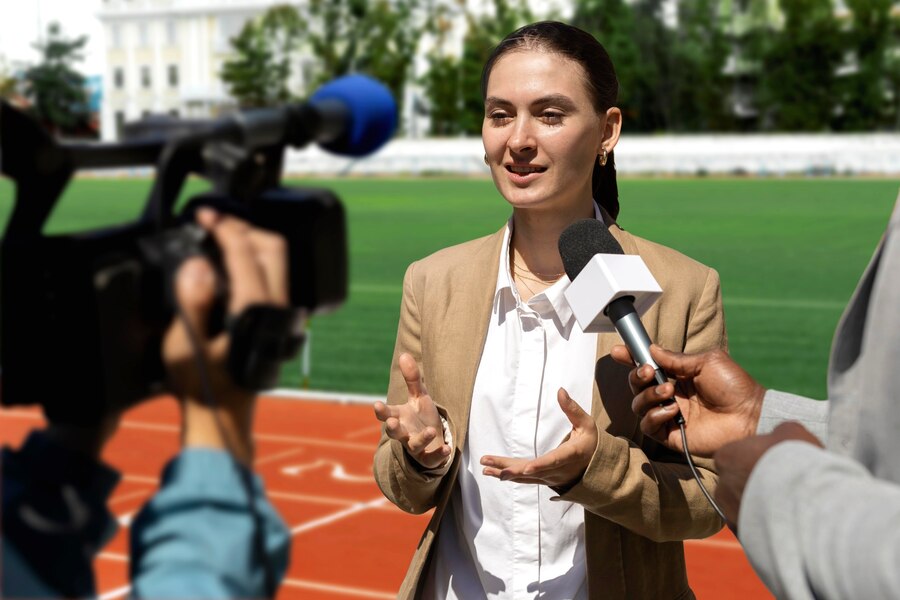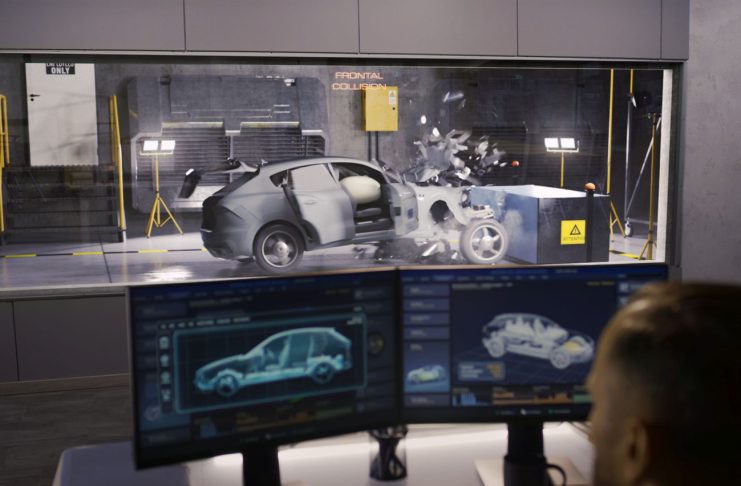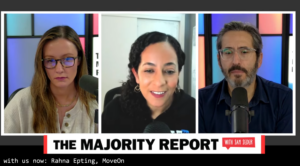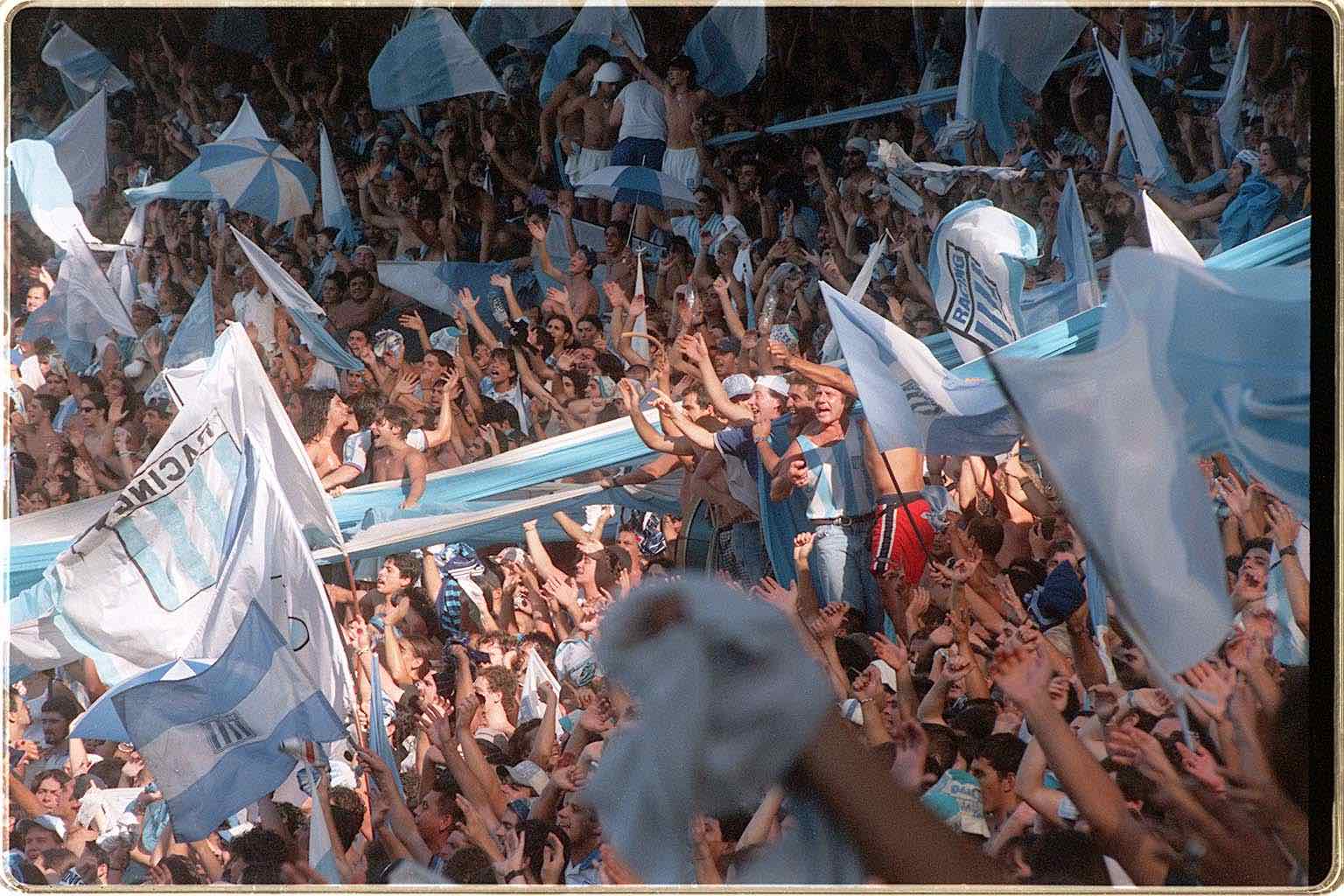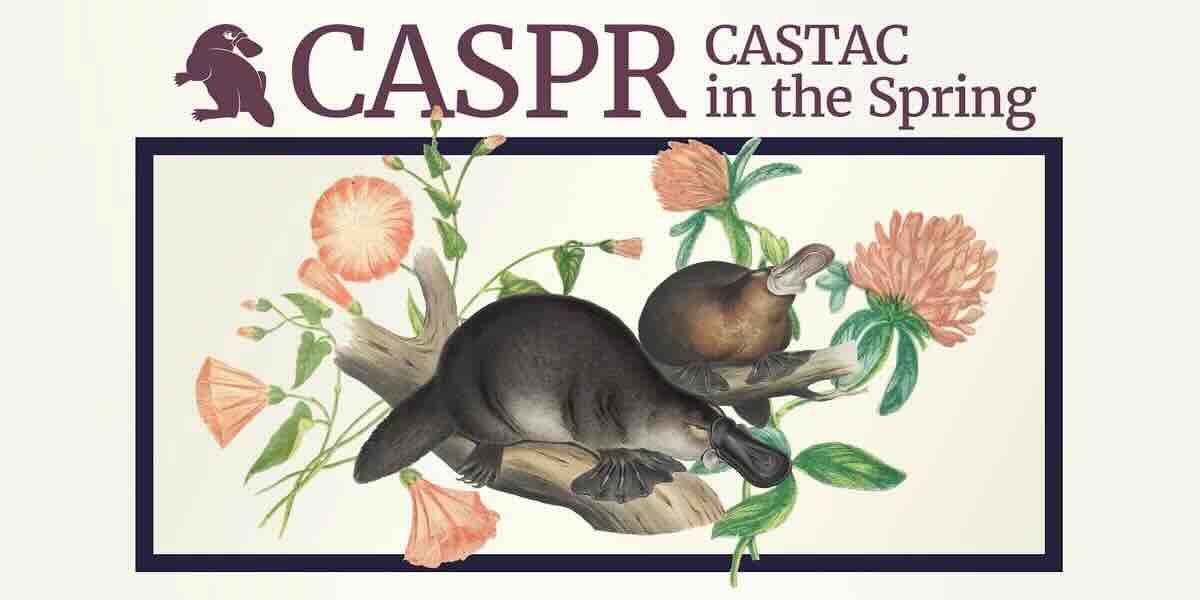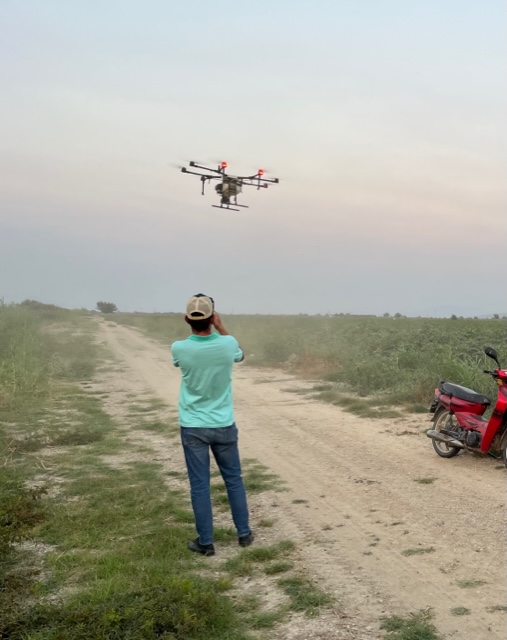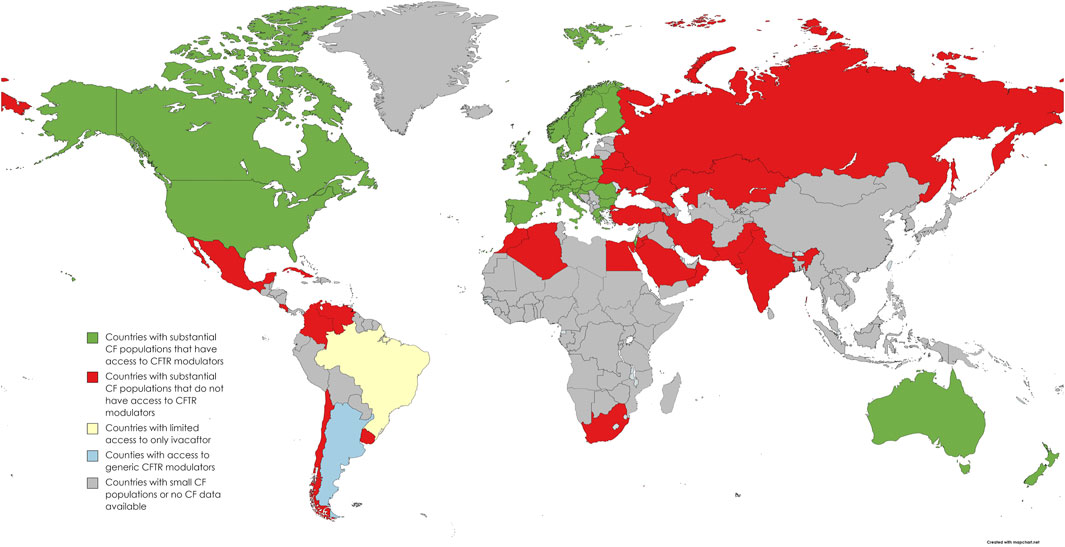This is a conversational interview between Professor Nicole Starosielski (UC Berkeley) and me, Dr. Antti Lindfors (University of Helsinki), discussing Nicole’s book Media Hot and Cold (2022, Duke University Press).
This is a conversational interview between Professor Nicole Starosielski (UC Berkeley) and me, Dr. Antti Lindfors (University of Helsinki), discussing Nicole’s book Media Hot and Cold (2022, Duke University Press). In my postdoctoral research on the emerging cultures of cold exposure as a therapeutic technique, I developed an interest in the evolving multidisciplinary field of environmental and elemental media. Nicole’s work in this area takes exciting and novel directions, introducing perspectives on how thermal communications and infrastructures reinforce power relations, shore up racialized and gendered hierarchies, and subtly persuade, control, and even subjugate us. In our discussion, we explore these subjects, from thermal metaphors to thermal violence and attractions, such as ‘coldsploitation cinema.’ The interview was conducted over email and lightly edited for editorial consistency and clarity.
Antti: First and foremost, thank you for a wonderfully original and eye-opening book. I feel Media Hot and Cold has significantly expanded my thinking regarding forms of media in general, highlighting how thermostats, air conditioners, and coolers—as media—extend our capacities to communicate and establish pathways for social interaction. Your work prompts us to attune (once again) to the mediation and “technicity” of what we assume to be something wholly “natural,” uncovering how temperature management is intricately entwined with social and political projects that shape subjects and objects. Along the way, you provide intriguing new communicative and analytic categories in introducing us to conductive media that facilitate the transportation of heat directly through contact, convective media that use substances like water or air for thermal transfer, and radiant media which communicate heat through the manipulation of spectral activity, electromagnetics, and the dynamics of conductivity and emissivity. I found the introduction a particularly valuable guide to understanding thermal media—one of the key conceptual contributions of your work—and thinking in non-intentional and non-discrete terms of intensities, infrastructures, and affective atmospheres. Overall, this perspective adds depth to our understanding of media and enhances our ability to engage with them critically.
In this regard, I would be curious to know a bit about how you initially developed your perspective on/of thermal media? Was it a long process and how did you feel upon its discovery? In relation to—indeed, inseparable from—thermal media, you speak of thermopower as the enactment of social and political power through thermal manipulation. Could you describe an important interlocutor for you in developing this perspective?
Nicole: Thank you for these wonderful questions. It took me many years to arrive at the formulation of thermal media in Media Hot and Cold. When I first started the project around 2012, I was simply interested in temperature: how it was sensed, the work that it did in the world, its technologies and representations. That interest deviated quite substantially from the traditional subjects and objects of my home field of film and media studies. Luckily, in the 2010s, media scholars were really expanding what you could analyze using the vocabulary, methodologies, and theoretical frameworks of media studies. At the same time, I was working in a department—Media, Culture, and Communication at New York University—where such experimentation was encouraged. I cycled through many different approaches to the relationship between temperature and media, and for years, I sounded these out at conferences across disciplines. At one point I was thinking about heat and cold as media. At another point, I was thinking primarily of thermal mediation rather than media. It felt important to develop a clear, compelling, and tangible conceptualization of the relationship between temperature and media that could circulate across fields. I wanted the book not only to bring considerations of temperature into media studies, but to demonstrate the critical importance of media studies to the broader arena of critical temperature studies.
One of the most important interlocutors for me in thinking about this project—and especially the concept of thermopower—was Hi‘ilei Julia Hobart, whose book Cooling the Tropics I think is one of the most important texts in critical temperature studies. When I was at NYU, first developing the project, Hi‘ilei, Carlin Wing, and I formed a temperature reading group—we were all many years away from any publication, but these were exciting, influential, and formative early conversations. I was fortunate to be able to read Hi‘ilei’s work over the years, and to think in conversation with the important ideas of thermal colonialism in Cooling the Tropics.
Antti: In many instances, your work presents a challenge to the conventional sender-receiver model of communication—which simply proves limited when applied to the realm of thermal transmissions and entanglements—in a way that is likely to captivate the interest of both media scholars and linguistic/semiotic anthropologists. Could you elaborate on the ways in which thermal media and entanglement offer a counterpoint to the sender-receiver model?
Nicole: There have been many challenges to the sender-receiver model of communication, and yet this still remains the dominant model underpinning much communications research. A focus on thermal media offers an empirical case where the sender-receiver model is simply very difficult to apply—it is hard to conceptualize thermal communications as messages that are sent to specific audiences. There are, of course, exceptions to this which I identify in the book, such as the military Active Denial System, a form of heat ray. In the work of those technologies, there is a clear thermal message. However, the majority of thermal impressions, even as they are mediated by a myriad of technologies, are rarely generated, observed, or articulated as “messages.” The work of Media Hot and Cold is to show that these impressions are nonetheless shaped by thermal media, and in doing so, sketch out some of the alternative models of mediation. In other words, I gravitated toward thermal media because it is a case that challenges us to develop a new theory.
Antti: You argue that researchers have predominantly focused on studying heating and cooling systems as architectures of thermal uniformity, neglecting to explore the individuals who are subject to these projects. In contrast, you provide an examination of thermal subjectification and thermal media as naturalizing a set of social and cultural differences. Considering this discrepancy, what do you believe has contributed to the delay in our recognition and critical understanding of ”elemental media” in general and the subjects they form in particular?
Nicole: I think there are researchers who have long been interested in what we now see as “elemental media” and the formative and shaping role of the non-human environment on processes of human communication. Yet until recently, the academic landscape did not have the vocabulary or conceptual scaffolding to allow for a full articulation of elemental media’s operations or processes. Over the past few decades, we have seen lines of interdisciplinary inquiry reshape the understanding of both environment and communication. The environmental humanities and social sciences; research on the non-human and the animal; the elemental turn; and work in science and technology studies and sensory studies, among other fields, have all generated a much more capacious understanding of the environment. Work in media and communications studies—especially as it has come to theorize networked, ambient, and mobile forms—has developed a much more expansive conceptual toolbox for understanding distributed forms of mediation. So the scholarly landscape has developed in a way that now supports a more robust and direct conversation about elemental media. So I don’t see this as an entirely new concern—although there is certainly heightened environmental concern right now—but rather the development of an academic community, discourse, and modes of knowledge production that can more appropriately speak to the formative influences and entanglements with the more-than-human world. Similarly, with temperature, it’s not that historically people weren’t interested in temperature or aware of thermal differences. Rather, there was this focus on architectures and technologies of uniformity in industry, technical practice, popular discourse, and research. That was the landscape in which concerns about thermal mediation could take shape. Now, in part thanks to the theories of media and environment, as well as theories of affect, subjectivity, and the body, we can come to talk in more nuanced ways about the processes of thermal subjectification.
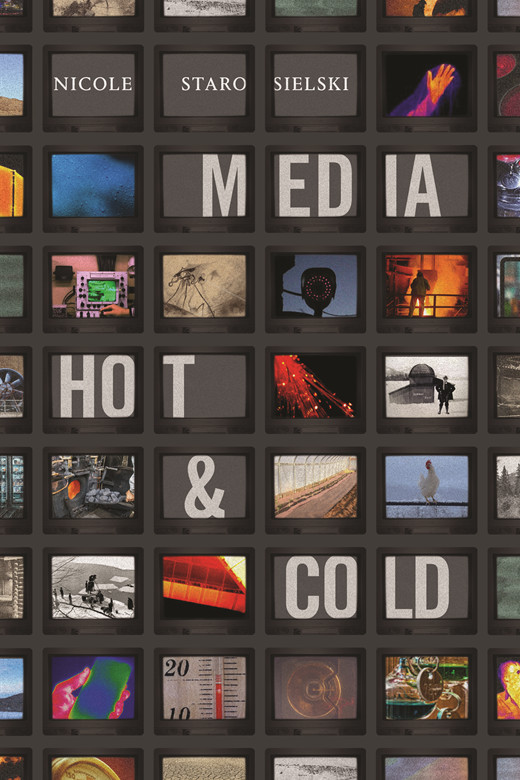
Media Hot and Cold, by Nicole Starosielski.
Antti: Another fascinating field of inquiry for scholars in literary and cultural studies revolves around thermal metaphors that you aptly foreground throughout your work. I have personally been intrigued by how performance genres like stand-up comedy can be discussed using a thermodynamic vocabulary of surging pressures and energies that practitioners frequently adopt to describe the affective dynamic of stand-up as a self-regulating organism that serially “heats up” in explosive laughter, and pondered what kinds of ramifications does this thermodynamic imaginary have for our understanding of this poetic form and genre of social interaction. What should we keep in mind when critically analyzing thermal metaphors and their relations to materiality? What types of situations and contexts you believe are conducive to the use of thermal metaphors, whether in a seemingly appropriate or potentially problematic manner?
Nicole: The critical work of thermal metaphors is something I came across repeatedly in my research, but spend relatively little time on in the book. There are many more books needed on this topic, given how pervasive thermal metaphors are in everyday life. There are many things we should keep in mind when critically analyzing these metaphors. Perhaps most importantly, I think it is critical that we situate them in their historical and cultural contexts. The thermodynamic imaginary is one very specific kind of thermal imaginary, and as many scholars—especially anthropologists—have shown, the sense of temperature varies depending on where and when you are situated. Heat is not always associated with speed and movement. Cold is not always associated with slowness. Sometimes cold is felt as an intensity, other times heat has a stillness. I believe that thermal metaphors can be useful in helping us to grasp the material world—and they also do important work in shaping our sense of thermoception. But we should also think of thermal metaphors as a political terrain, which have the potential of both problematically naturalizing very specific experiences as well as developing new thermal knowledges.
Antti: One of the recurring criticisms raised by your work pertains to the way in which thermal media can be exploited to defer responsibility onto the environment. A particularly distressing example of thermal violence discussed in the book is the sweatbox, which serves as yet another stark testament to the depths of human imagination when it comes to methods of torture. It seems noteworthy and symptomatic that deaths resulting from the use of sweatboxes—while clearly agonizing thermal violence—were often recorded as “natural causes” rather than murder, seemingly due to the perceived lack of intentionality associated with thermal exchange. Could you elaborate on some of the subtler ways in which responsibility is deferred onto the environment as a form of thermal violence?
Nicole: Today we see the deferral of responsibility for thermal violence onto the environment in many ways, both explicit and subtle, in the case of climate change. Numerous writers have pointed out that it’s not extreme temperatures that bear the primary responsibility for climate change-related deaths. Rather, thermal violence is typically enacted through architectural, technological, and social means. In the case of heat, harm can be caused both explicitly through forcing someone into the architecture of a sweatbox, but also subtly through the removal of access to water or shade. In the case of cold, harm can involve the failure to provide food, warmth, or shelter, intensifying the precariousness of human and non-human life. As a result, the organization of food or transportation systems, social practices of warming or cooling, and the circulation of water all can all intensify thermal states. And yet, when these intensified thermal states cause bodily harm, those systems, practices, and circulations are rarely seen as the agent of thermal violence.
Antti: In the chapter on “coldsploitation cinema” and other thermal attractions, you describe how in the 1920s, directors, exhibitors, and audiences of coldsploitation felt images of snow as evoking actual sensations of coolness. This phenomenon can be attributed to visual techniques that manipulate the perception of temperature without directly altering the actual temperature, creating a haptic visuality that has the potential to impact the body through sight. If our perception of temperature (thermoception) can be synesthetically influenced through vision, it raises intriguing questions about the implications for our understanding and managing of climate. If visual practices can shape our sense of climate, what does this mean in terms of our relationship with the environment and how could we make the best of it?
Nicole: I think this is a really important point, but also a question that needs to be answered in a nuanced and careful way. It is true that the perception of temperature and climate can synesthetically be shaped through images–the history of thermal media reveals this. But at the same time, drawing from a long history of media and cultural theory, we should also keep in mind that just because media can play a formative role, does not always mean that they do so in universal, or even fully knowable, ways. Media technologies, including thermal media technologies, do not simply determine thermal perception. It would be naive to think that simply developing a new set of thermal images or imaginaries would be a means of mitigating effects of climate change. But at the same time, vision and visuality does matter. I argue in the book that local, vernacular, and appropriate forms of thermal mediation can make a difference, as they can underpin and help to generate more resilient thermal practices. The same is true for thermal visualities.



